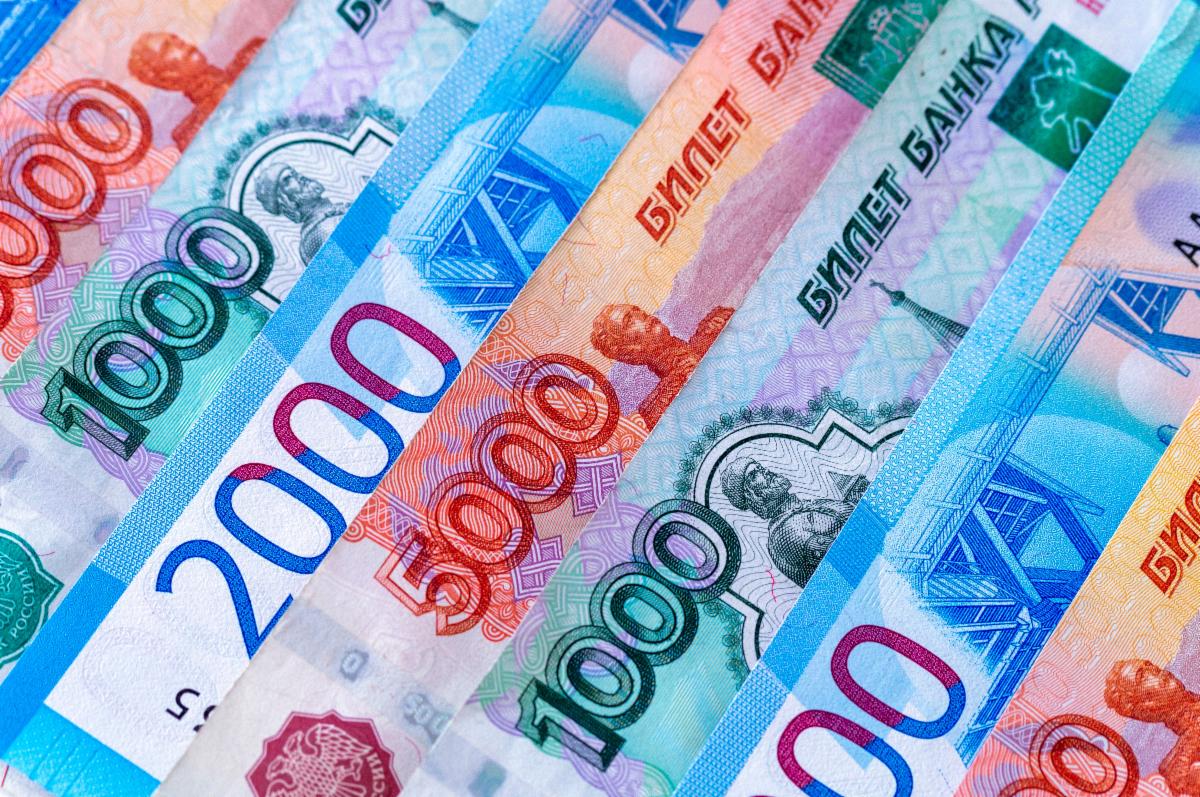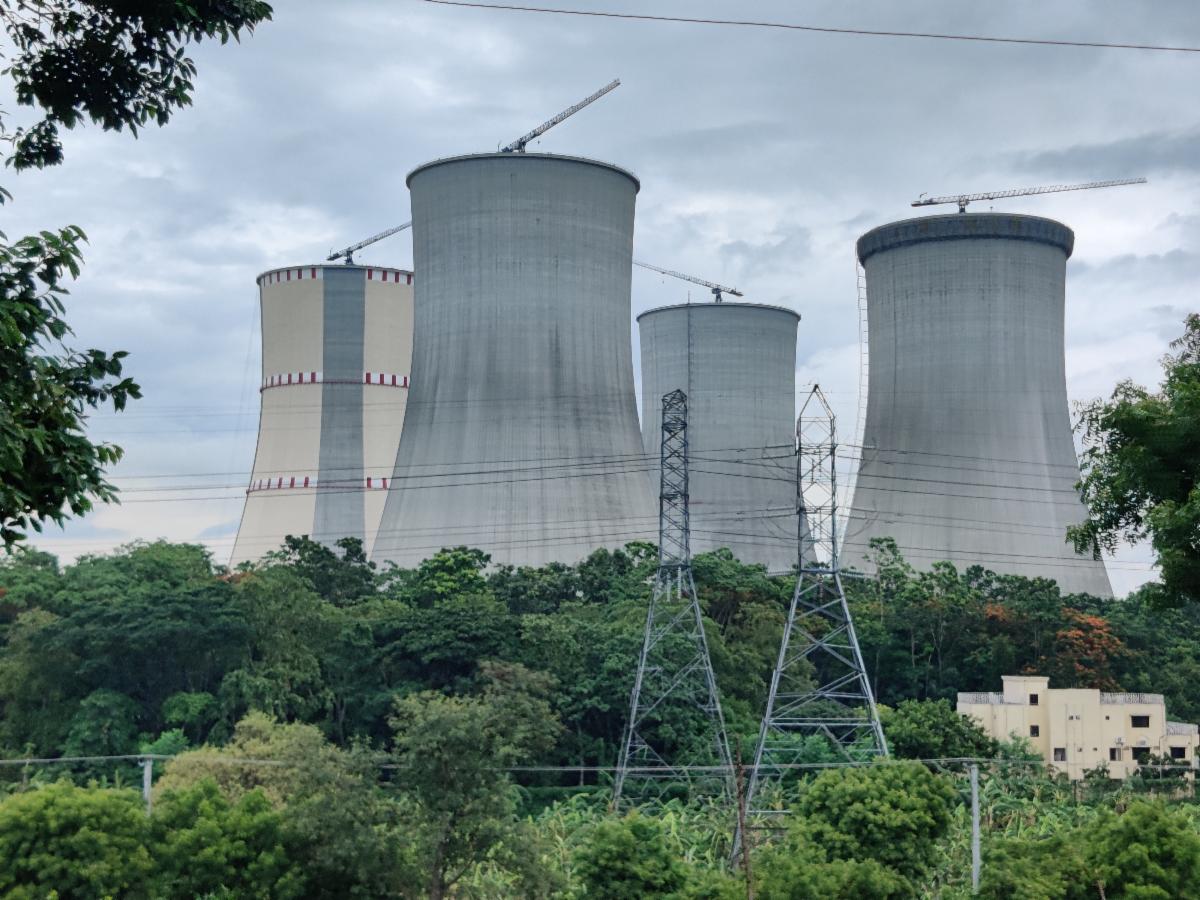Russian Energy Update – August 23, 2023
Russian Energy Update – August 23, 2023
Want to receive future energy updates? Subscribe here.

Russia faces a balancing act as ruble tumbles amidst attack on oil tanker
On August 3, Russian Deputy Prime Minister Alexander Novak announced Moscow’s plan to cut oil exports by 300,000 per day (bpd) beginning in September. In March, Russia pledged to slash oil output by approximately 500,000 bpd (constituting 5% of its oil production at the time). Last week, Russia’s government said it would extend a voluntary oil production cut of 1 million bpd. Two days later, in an unrelated event, a Ukrainian naval drone attacked Russian oil tanker in the Black Sea, likely in retaliation for Russia withdrawing from the Black Sea Grain Initiative and targeting Ukrainian agriculture shipping ports. Ukraine has since challenged a declared Russian blockade by sending a grain-carrying freighter from Odessa through Black Sea international waters to Turkish territorial waters.
Eleven days after the export cut, the Russian ruble fell to its lowest value in seventeen months at 101 rubles to 1 USD. The same day, the Russian Central Bank announced a meeting for August 15 to review the country’s key interest rate. The Central Bank also said it may have to raise taxes on oil and gas from the energy industry to compensate for government budget shortfalls that could otherwise short-circuit budget plans from 2023 to 2026. The Central Bank would ultimately raise the key interest rate by 1% and an emergency rate increase of 350 basis points to 12% to mitigate the ruble’s slide. The ruble increased just 1% to 98 rubles to 1 USD.
Why it matters: By cutting oil exports, Moscow is attempting to raise global oil prices and bolster the government’s budget via increased export revenue taxation. In the immediate months after its invasion of Ukraine, Russia experienced a sizable trade surplus because of increased oil and gas earnings due to high prices and lower imports. But with the introduction of sanctions and depressed oil markets relative to the war’s start, Russia’s energy revenue has declined while the country has found new sources for imports, in part due to a 282% spike in defense spending in 2022, decreasing its trade surplus. Under its budget rule, Russia sells foreign currency from its National Welfare Fund to cover shortfalls in oil and gas revenue and thus to prop up the federal budget.
But as a side effect of the budget policy, the ruble sales increase Russia’s ruble supply and have helped drive down the Ruble’s price. Between late July and early August, Moscow and the Central Bank responded by amending the tax code to decrease subsidies to the energy sector, saving $326 million (30 billion rubles) in federal budget expenditures, and ending the foreign currency purchases. Whether and how Russia’s government takes additional steps could say much about officials’ confidence in their nation’s economy.
Meanwhile, Ukraine’s thinly veiled threat to Russian oil tankers in the Black Sea comes at a complex time for Russia’s energy policy. Sinking a tanker—as opposed to damaging one—or creating a massive oil spill could undercut confidence in Russia’s oil exports (or even its wider economy, if the event spooks enough analysts) and might modestly reduce Russia’s export volumes through the Black Sea over time. Yet it could also provoke trouble in allied capitals if it produced an environmental disaster and/or a significant oil price spike. Ukrainian officials are understandably seeking any leverage they can find to shape Russia’s behavior but could face tough new problems if they engage in a genuine tanker war.

Russia’s Arctic shipping picks up steam
On August 10, the Zvezda Shipyard near Vladivostok in Russia’s Far East launched new Arc6 and Arc7 tankers—vessels capable of operating without icebreaker support in Russia’s Arctic waters under many conditions—among the first constructed by the shipyard. The ships were designed and built in coordination with South Korean company Samsung Heavy Industries (SHI) before the Korean company towed the ships to Zvezda for final assembly. They included a 69,000-ton Arc6 oil shuttle in service of Rosneft and a more robust 152,400-ton Arc7 LNG carrier for Novatek’s Arctic 2 LNG project. Separately, senior officials in the China National Offshore Oil Corporation, which holds a 10% stake in Arctic 2 LNG, confirmed to investors the project will begin operations later this year.
Earlier this year, two Russian tankers transported a combined 146,000 barrels of crude oil from St. Petersburg to Rizhao, China, via Russia’s Northern Sea Route (NSR), a shipping lane along the country’s northern coast that Moscow hopes to operate year-round as climate change reduces ice and as Russia builds more infrastructure, icebreakers, and ice-capable tankers cargo vessels. After departing in mid-July, the two tankers are expected to arrive in late-August. Russia’s first Arctic oil shipment to China was in 2020, but the NSR has received new attention from President Vladimir Putin and other officials as Russia reorients its energy exports to China and India.
Why it matters: Russia has ambitious goals for the NSR, and Moscow’s focus on developing energy export routes in the Arctic, deepening its energy ties with China, and boosting its domestic shipbuilding are all crucial to meeting these objectives. Russia aims to ship 80 million metric tons (Mmt) via the NSR in 2024 and 150 Mmt by 2030 and Russian firms plan to manufacture 29 LNG tankers, among other icebreakers and cargo vessels under construction. Russian total exports to China increased by 4% in 2022 from the year prior, with China now accepting 35% of Russia’s oil exports at a value of $58 billion.
Nevertheless, a recent EIRP paper on Russia’s Arctic development argued that it’s unlikely Moscow will meet its lofty expectations for the NSR. Current Russian cargo totals are below half its 2024 goal of 80 Mmt. Western sanctions imposed on Russia after its 2014 seizure of Crimea and its 2022 invasion of Ukraine have restricted the country’s ability to import technologies essential for Arctic energy and shipping, and some key foreign firms have withdrawn from shipbuilding projects. Arctic ice-capable tankers are generally not available on international charter markets. Thus, while Russia’s NSR and energy exports along it will likely expand for a time, Moscow’s effort to multiply fuel and cargo volumes faces considerable long-term obstacles.

Turkmenistan warns against Russia pushing for Central Asian ‘gas union’
On August 12, Turkmenistan’s government rebuked Russia over an attempt to exert influence over the Central Asia-China natural gas relationship, declaring such efforts as “incomprehensible and unacceptable.” Turkmenistan, along with its neighbors Kazakhstan and Uzbekistan, pump natural gas to China via the Turkmenistan-China gas pipeline, and supplied China with 43 billion cubic meters (bcm) in 2022.
Russia has repeatedly pitched forming a “gas union” similar to OPEC and, in fall 2022, suggested creating such a group with Kazakhstan and Uzbekistan to manage pipeline natural gas shipments among the three countries. In January 2023, Uzbek officials announced a deal to reverse the flow of a natural gas pipeline to enable natural gas imports to Uzbekistan from Gazprom, the first time Uzbekistan had received Russian gas in its history.
Why it matters: After the collapse in pipeline gas shipments to the EU in 2022, Moscow may hope that Central Asia could become a new market and, more importantly, a corridor to export excess gas to China without building an expensive new pipeline. Chinese imports of discounted Russian crude have grown steadily since the latter’s invasion of Ukraine, and imports of Russian gas grew by 54% year-over-year, but Russia has struggled to secure a long-term gas agreement from China, specifically for new export capacity such as the proposed Power of Siberia 2 pipeline.
Instead, China prioritized its long-delayed “Line D” pipeline project to Turkmenistan, which is capable of delivering 30bcm annually and also passes through Kazakhstan and Uzbekistan. Turkmenistan is by far China’s largest supplier of pipeline natural gas, exporting 31bcm annually, although Chinese officials have previously fined Turkmenistan for failing to meet gas delivery deadlines. Kazakhstan and Uzbekistan are China’s fourth and fifth largest suppliers, after Russia and Myanmar.
Despite strong natural gas reserves and growing demand from China, the three Central Asian states face their own economic and energy hurdles. Both Kazakhstan and Uzbekistan have faced protests driven by domestic unrest over power failures and gas shortages. Tashkent went so far as to publicly declare a halt to gas exports, though Chinese customs data indicates Uzbekistan continued exporting some gas. All three states curtailed gas exports to China at times, and Turkmenistan is reliant on China for energy technologies. Accepting Russian gas or technical assistance might help these states satisfy domestic demand and meet export quotas to China, but could also risk losing market share to Russia over time. Turkmenistan is vocally asserting its disinterest in doing so.

Bangladesh’s first NPP completes fuel acceptance inspection with TVEL oversight
On August 10, officials with the Bangladesh Atomic Energy Commission announced that a reactor at the country’s first nuclear power plant, Rooppur 1, had passed an initial fuel acceptance inspection. Rosatom subsidiary TVEL, the uranium enrichment and nuclear fuel production arm of the Russian state nuclear company, oversaw the inspection. Rooppur 1 is a 1200 MW VVER reactor that began construction in November 2017; its second reactor started construction a year later. Plant officials intend to commission the first unit in 2024.
Why it matters: Even as Russia’s oil and gas companies seek new markets in the aftermath of President Vladimir Putin’s invasion of Ukraine, Rosatom and its subsidiaries have steadily made inroads in world nuclear markets. Beyond Bangladesh, Rosatom is expanding its presence in South Asia, signing an agreement with Sri Lanka in March to build small modular reactors and constructing four of India’s pending nuclear reactors. U.S. officials have privately raised concern over India’s nuclear relationship with Russia and quietly reaffirmed a 2020 plan to build six new nuclear reactors in India during Indian Prime Minister Narendra Modi’s visit to Washington.
Part of Rosatom’s appeal to developing nuclear power states is the company’s ‘one-stop shop’ approach to design, construction, fuel, training, maintenance, and spent fuel processing. In the case of the Rooppur NPP, a 2010 agreement between Bangladesh and Rosatom established the legal basis for the plant’s siting, design, construction, operation, and fuel supply. In the following years, Rosatom subsidiaries AtomStroyExport and Moscow AEP constructed and designed the plant. In 2013, Rosatom helped forge a financing agreement that provided a $500 million Russian loan toward the plant’s costs to be repaid in twelve years, with a five year grace period. An EIRP paper on Rosatom’s role in global nuclear markets suggests that the United States and its allies thus far have few options in seeking to constrain Rosatom’s international activities.
